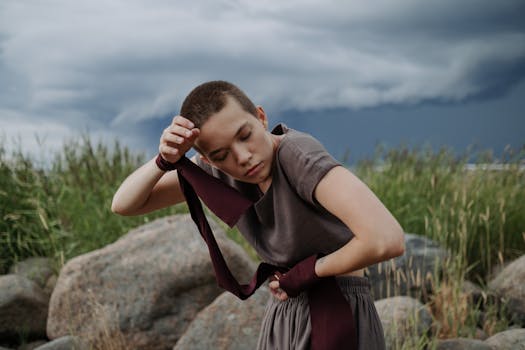How Title IX Transformed Women's Hockey Development: Celebrating Historical Milestones and Advancing Gender Equality
Die-hard hockey fans know that the sport is full of rich history and unforgettable moments. Title IX plays a key role in transforming women’s hockey, creating new opportunities for female athletes and legendary players. Understanding the impact of Title IX helps fans appreciate how the game evolves and celebrates milestones that push for gender equality. This journey not only highlights iconic moments but also showcases the ongoing fight for equal opportunities in sports.
Structural changes within hockey, such as increased funding and the establishment of professional leagues, have parallels in other sports. For example, women’s soccer has seen similar growth, with increased visibility, funding, and participation. These changes not only benefit players but also challenge outdated norms about women’s roles in sports.
The cultural implications are significant as well. Women’s hockey challenges stereotypes and encourages young girls to pursue sports without fear. When girls see successful female athletes, it sends a powerful message that they can achieve their dreams too.
Fans can contribute to this progress in several ways. Supporting local women’s hockey teams, attending games, and celebrating female athletes can make a difference. Advocating for equal funding and resources in schools can also help ensure that future generations of female athletes have the opportunities they deserve.

Actionable Insights for Today’s Devoted Hockey Fans
For die-hard hockey fans, understanding the history and impact of Title IX provides valuable insights into the growth of women’s hockey. Recognizing the challenges faced by female athletes can deepen your appreciation for the sport. Here are some actionable takeaways:
Engage with Local Teams: Attend games, volunteer, or donate to local women’s hockey teams. This support helps create a stronger community and encourages young girls to play.
Advocate for Equality: Speak up about the need for equal resources in schools and sports programs. Your voice can help push for necessary changes.
Share Success Stories: Highlight the achievements of female hockey players on social media. Celebrate their successes to inspire others and raise awareness about the sport.
Educate Others: Share information about Title IX and its impact on women’s sports. Knowledge is power, and educating others can help promote gender equality in sports.
Follow the Stats: Keep an eye on participation rates and funding trends in women’s hockey. Understanding the data can help you advocate effectively for further support.
By actively participating in these initiatives, fans can help shape a more inclusive future for women’s hockey. The journey toward equality in sports is ongoing, but every action counts in making a difference.
Through the lens of historical milestones and influential figures, we see how far women’s hockey has come. By embracing these lessons, fans can play a critical role in supporting the continued growth and success of women in hockey. For instance, the achievements of women in this sport include their participation in the Olympics, marking a significant milestone in the journey of women’s hockey, which has been celebrated for its impact on gender equality in sports.
FAQs
Q: How has Title IX influenced everyday opportunities in women’s hockey, and what key historical milestones should I know about?
A: Title IX has significantly increased opportunities for women in hockey by mandating equal access to sports programs in educational institutions, leading to the establishment of more women’s college teams and youth leagues. Key historical milestones include the introduction of women’s hockey in the Olympics in 1998, the founding of the Canadian Women’s Hockey League (CWHL) in 2007, and ongoing efforts to address gender disparities in pay and recognition compared to men’s hockey.
Q: What practical challenges have women’s hockey programs faced when trying to fully benefit from Title IX, and how are they overcoming these obstacles?
A: Women’s hockey programs have faced challenges such as funding disparities, lack of facilities, and limited opportunities for competitive play compared to men’s programs. To overcome these obstacles, they are advocating for equal funding and resources, creating professional leagues, and increasing visibility through tournaments and national competitions, thereby fostering greater support and participation in women’s hockey.
Q: In what ways has advocacy historically driven the evolution of women’s hockey, and how has that contributed to broader gender equality in sports?
A: Advocacy has historically played a crucial role in the evolution of women’s hockey by challenging sexism and fighting for legitimacy in the sport, as seen with the establishment of leagues like the Canadian Women’s Hockey League (CWHL) in 2007 and the increasing participation of girls in hockey. This push for recognition and equality has contributed to broader gender equality in sports by creating more opportunities for female athletes, promoting visibility, and fostering a culture that increasingly values women’s contributions in all areas of athletics.
Q: How have changes in women’s hockey under Title IX affected traditional gender roles in sports, and what does that mean for athletes today?
A: Changes in women’s hockey under Title IX have significantly challenged traditional gender roles in sports by increasing opportunities for female athletes and promoting gender equality within the sport. This shift has empowered women to compete at higher levels, gain recognition, and advocate for their rights, ultimately leading to a more inclusive sporting environment for future generations.
